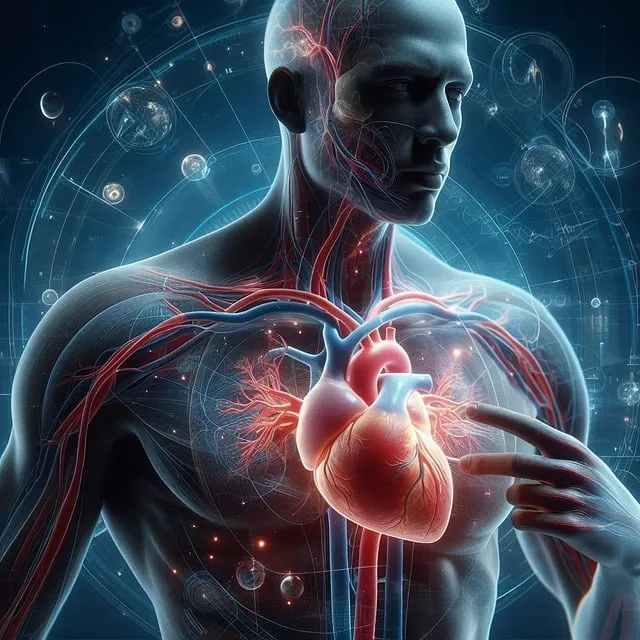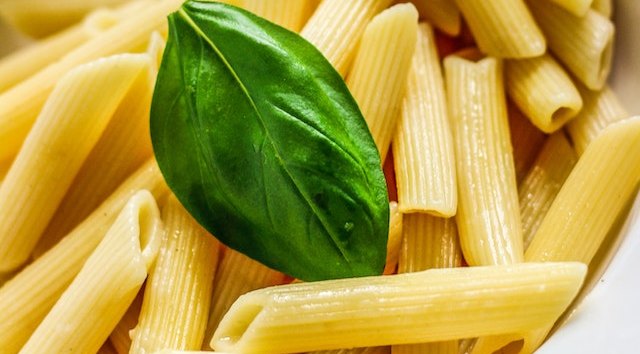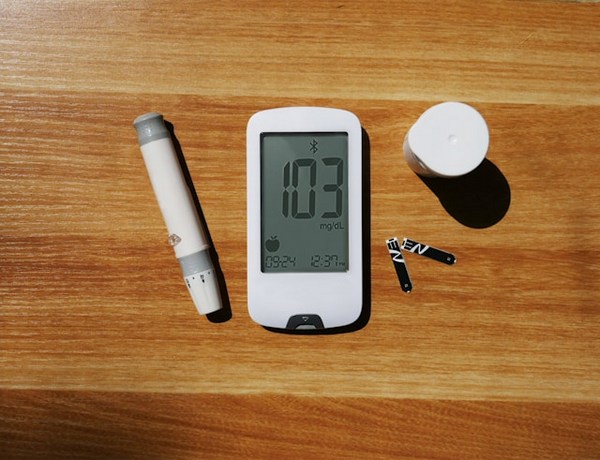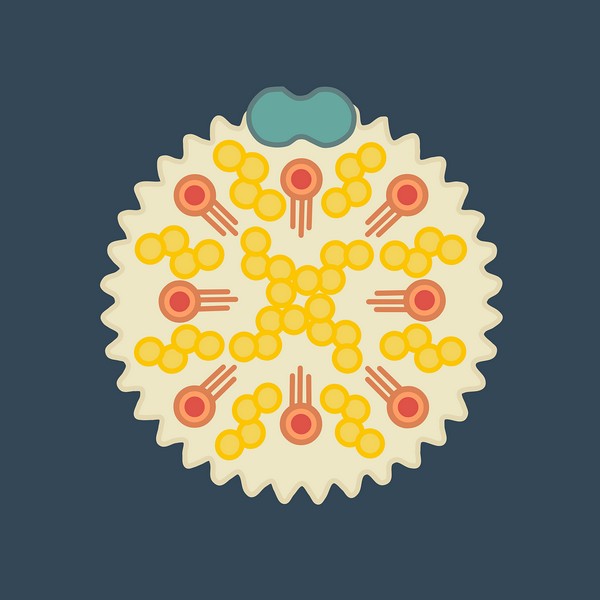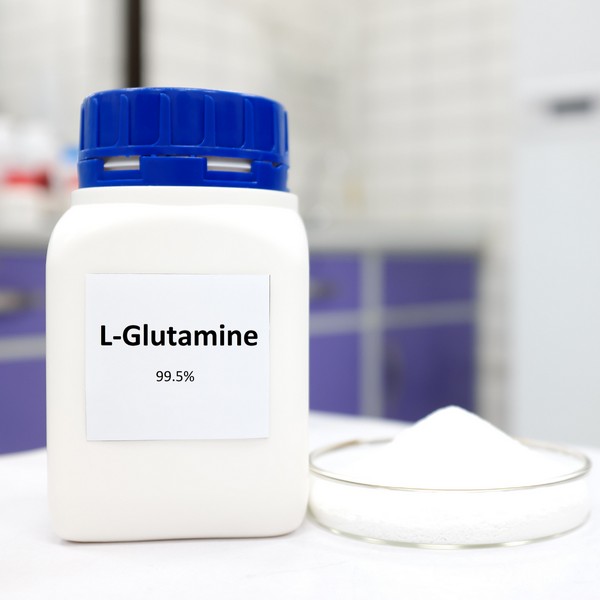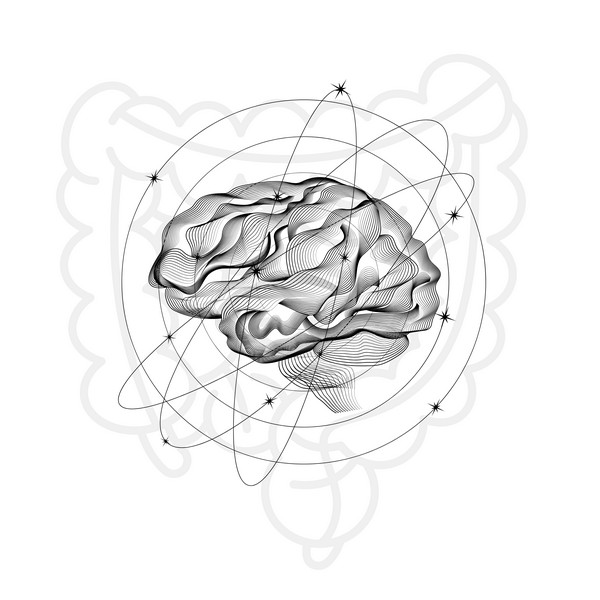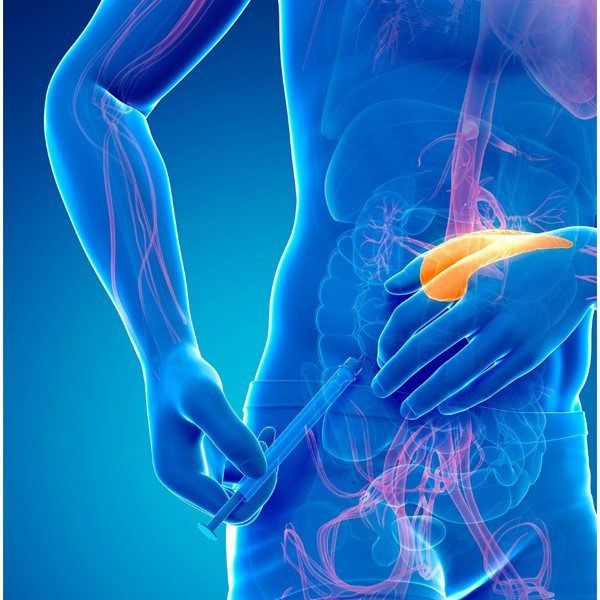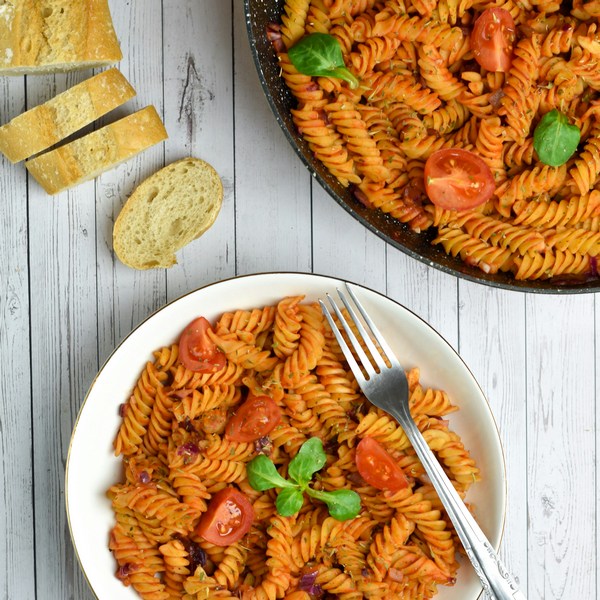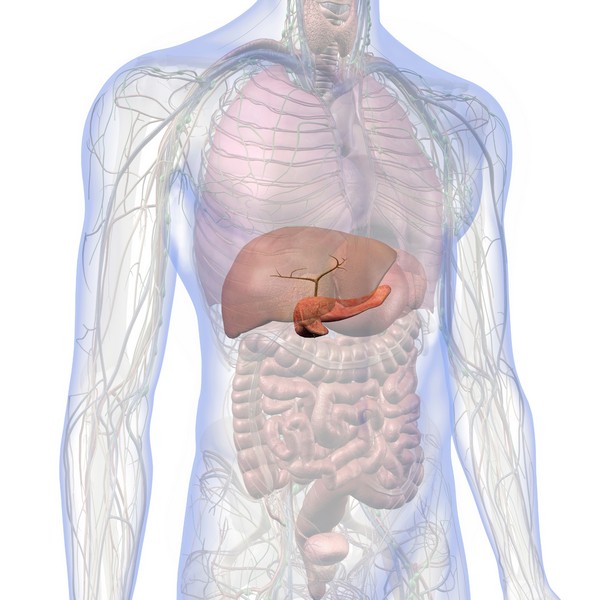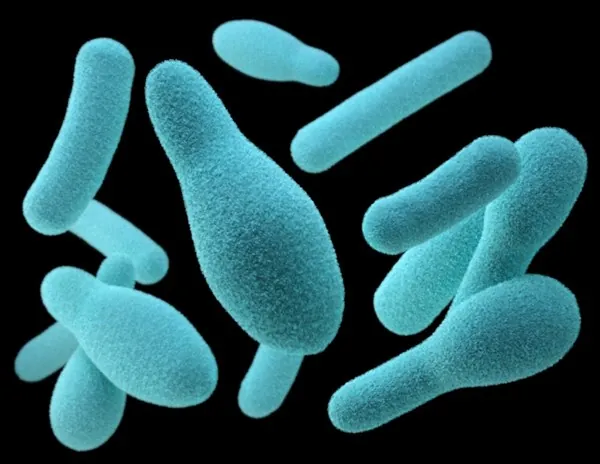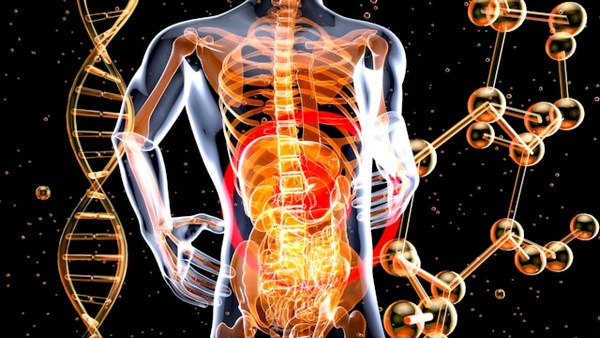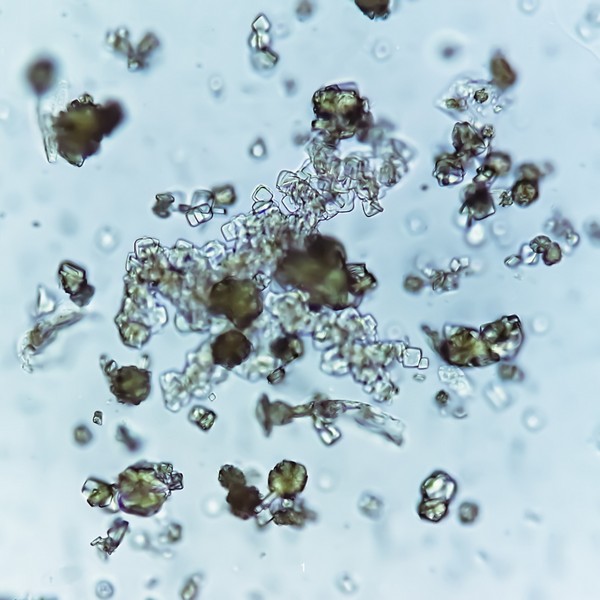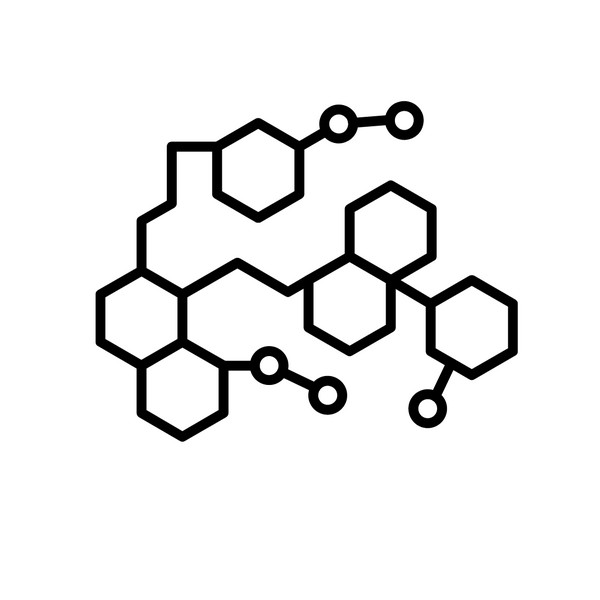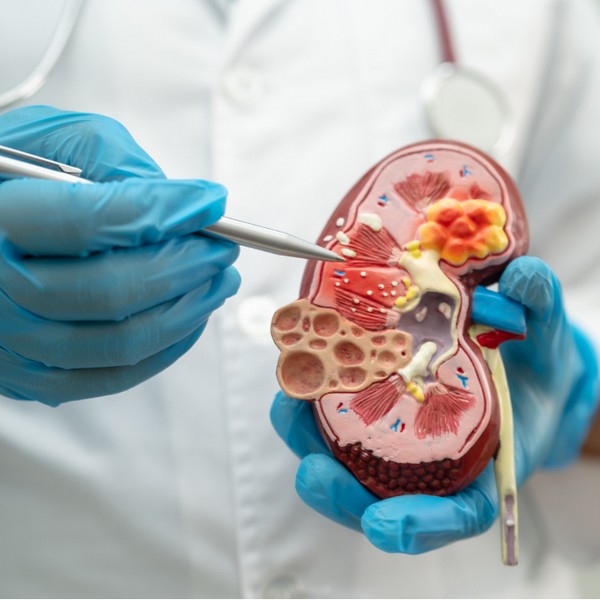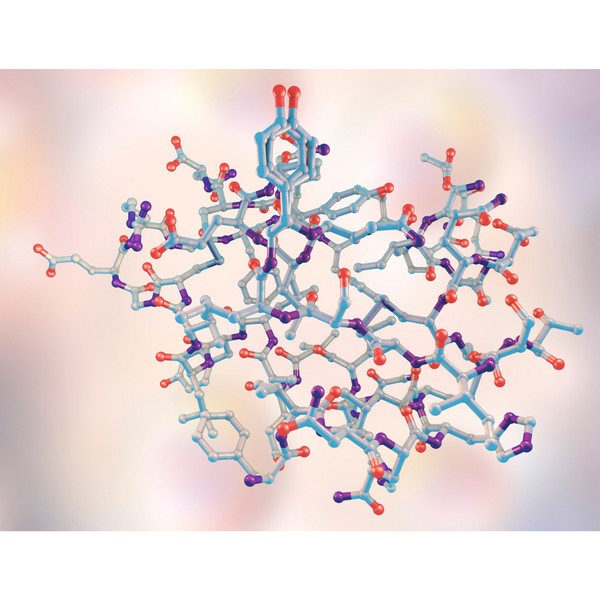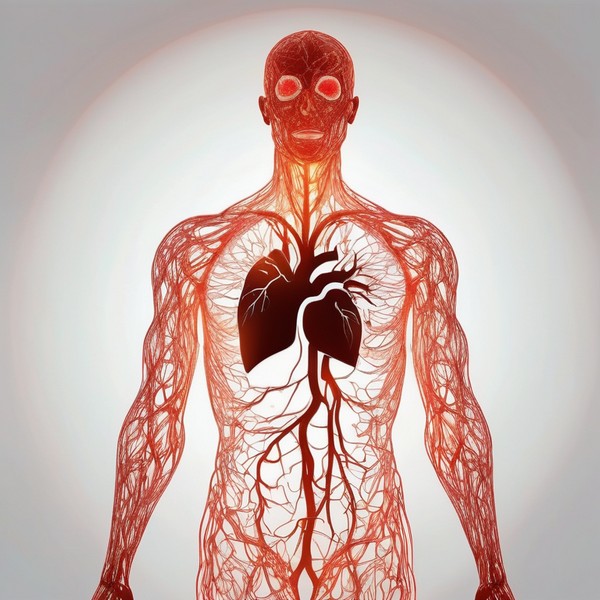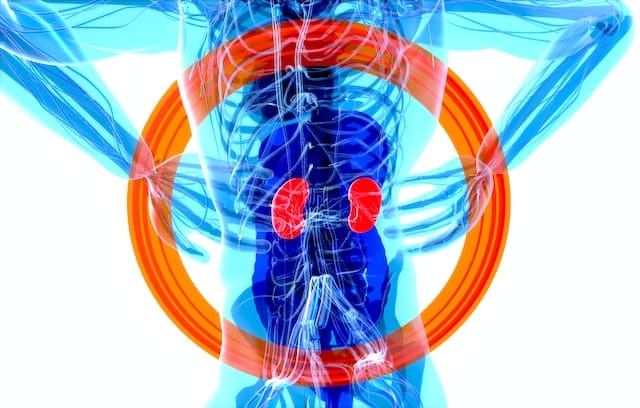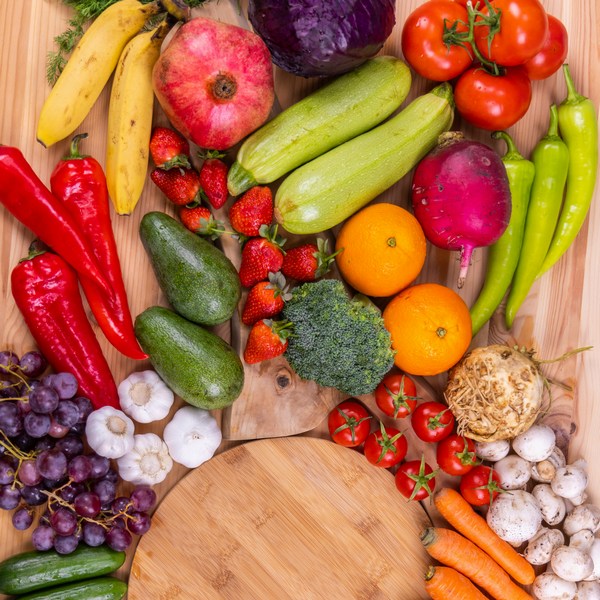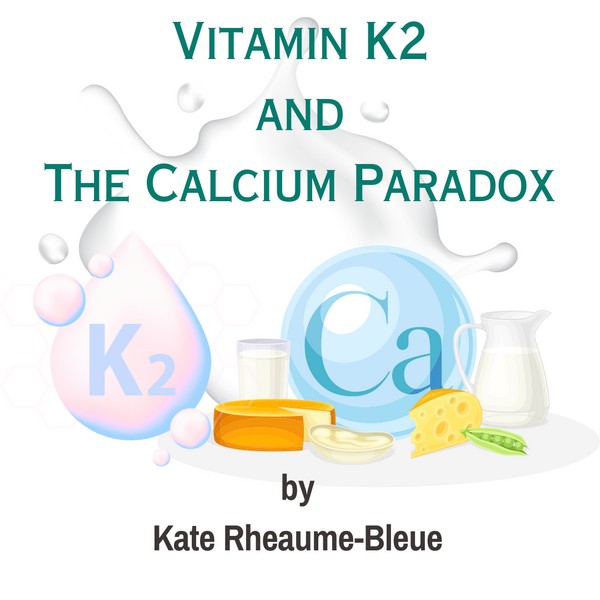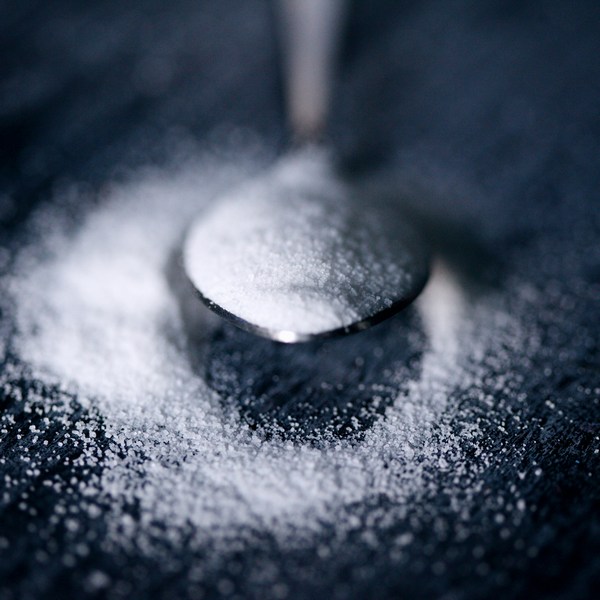Key Takeaways:
– Grains and legumes contain antinutrients like lectins and phytic acid, which can interfere with nutrient absorption.
– These foods may trigger digestive issues or inflammation in sensitive individuals.
– Some people with autoimmune conditions report symptom relief by avoiding grains and legumes.
– Refined grains can cause blood sugar spikes and contribute to weight gain and metabolic problems.
– Soaking, sprouting, or fermenting these foods can reduce their negative effects.
What Are Grains & Legumes?
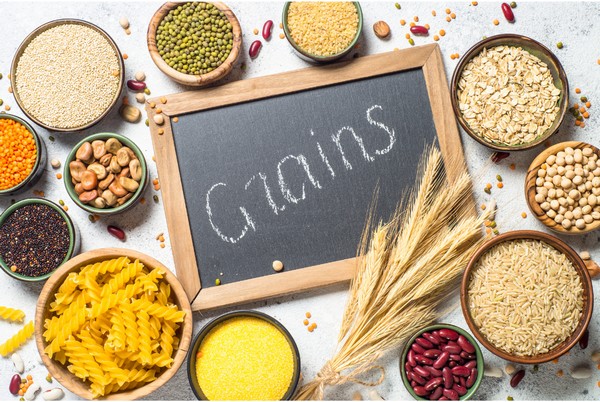
Grains are the seeds of cereal plants, and legumes are the seeds of plants in the bean family. Both groups are common sources of carbohydrates, protein, and fiber. Some common examples include:
- Grains: Wheat, rice, oats, barley, and corn
- Legumes: Beans, lentils, peas, chickpeas, and peanuts
These foods have been part of traditional diets across the globe, but modern processing methods and eating habits raise questions about their impact on health.
Grains and legumes contain compounds that interfere with digestion and nutrient absorption, potentially causing health issues for some individuals.
For those with autoimmune conditions or digestive problems, cutting back on these foods might improve symptoms.
Nutritional Value of Grains & Legumes
Grains and legumes provide many important nutrients:
- Grains: Whole grains contain fiber, B vitamins, and minerals like magnesium.
- Legumes: Beans and lentils offer protein, iron, folate, and antioxidants.
Eating these foods in their whole, unprocessed forms can support heart health, improve digestion, and help with weight management.
However, the way they are prepared and the frequency with which they are consumed may affect their impact on health.
Potential Health Concerns of Grains & Legumes
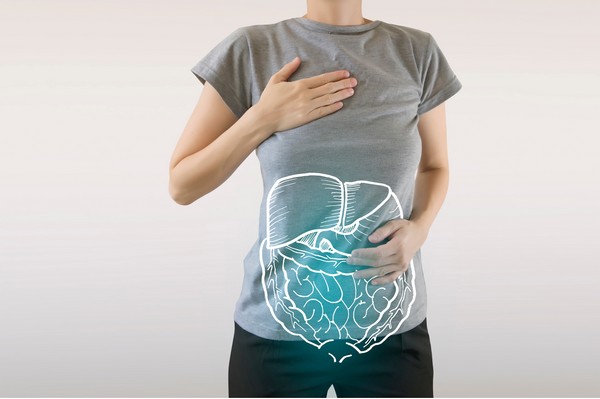
Antinutrients: Lectins and Phytic Acid
Grains and legumes contain lectins and phytic acid, compounds that can hinder the body’s ability to absorb nutrients.
- Lectins: Found in beans and grains, lectins can disrupt the gut lining, causing digestive discomfort and inflammation in some individuals.
- Phytic Acid: This antinutrient binds to essential minerals like iron and zinc, reducing their availability for absorption. Over time, this may contribute to nutrient deficiencies.
Impact on Blood Sugar and Weight
Refined grains, such as white bread and processed cereals, are stripped of fiber and nutrients, leading to rapid blood sugar spikes.
This can cause insulin resistance and contribute to weight gain, especially when consumed frequently.
Carbohydrate-heavy diets based on grains and legumes may also increase metabolic risks in individuals with sedentary lifestyles.
Inflammation and Autoimmune Conditions
Some people with autoimmune diseases, like rheumatoid arthritis or Hashimoto’s thyroiditis, find relief when they eliminate grains and legumes from their diet.
Gluten, a protein found in wheat, barley, and rye, is a common trigger for inflammation and can worsen symptoms in sensitive individuals.
Even non-gluten grains and legumes may provoke immune responses in certain cases.
Digestive Issues and Gut Health
Grains and legumes can cause digestive problems for some people, leading to bloating, gas, or discomfort.
The high fiber content, along with complex carbohydrates called oligosaccharides, can be difficult for the gut to break down.
In sensitive individuals, these foods may also disrupt gut bacteria balance, contributing to poor digestion and inflammation.
How to Minimize the Risks of Grains & Legumes
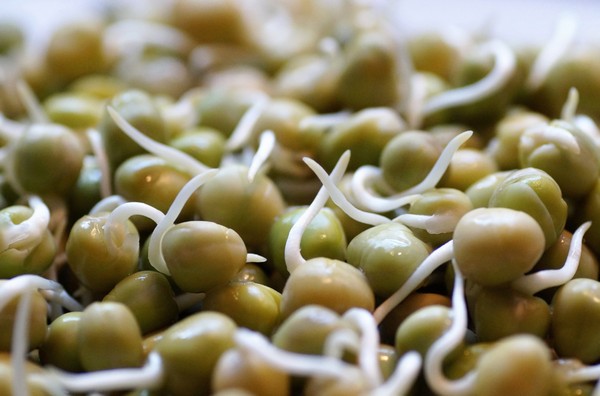
Soaking and Sprouting
Soaking grains and legumes overnight or sprouting them reduces the levels of antinutrients, making them easier to digest and increasing nutrient absorption.
Fermenting
Fermentation breaks down phytic acid and lectins, improving the digestibility of grains and legumes while also promoting healthy gut bacteria. Examples include sourdough bread and fermented legumes like miso.
Are Grains & Legumes Right for You?
Not everyone reacts negatively to grains and legumes. For some, these foods are beneficial and fit well into a balanced diet.
However, those with autoimmune conditions, digestive issues, or chronic inflammation may benefit from limiting or eliminating them to see if symptoms improve.
People who feel tired, bloated, or experience joint pain without a clear cause may also want to experiment with a grain- and legume-free diet to assess whether these foods are contributing to their symptoms.
Alternatives to Grains & Legumes
If you choose to avoid grains and legumes, there are plenty of alternatives:
- Grain-free substitutes: Cauliflower rice, zucchini noodles, coconut flour.
- Legume-free protein sources: Grass-fed meat, pasture-raised eggs, nuts, seeds, and wild-caught fish.
These alternatives provide some nutrients while minimizing the potential risks associated with grains and legumes.
Conclusion
Grains and legumes offer valuable nutrients, but they also come with potential drawbacks, especially for those with sensitivities or autoimmune conditions. If you suspect these foods may be causing health issues, trying an elimination diet can help you determine whether they’re right for you. For others, soaking, sprouting, or fermenting can reduce the negative effects and allow these foods to be part of a healthy diet. Listening to your body and finding what works best for you is key to maintaining optimal health and wellbeing.
FAQs
What are common antinutrients in grains and legumes?
Lectins and phytic acid are two antinutrients found in these foods, which may interfere with nutrient absorption and digestion.
Are all grains and legumes unhealthy?
No, many people can tolerate them well. However, those with autoimmune conditions or digestive issues might benefit from reducing or eliminating them.
How do I know if grains and legumes are affecting me?
Try removing them from your diet for a few weeks, then reintroduce them one at a time to see if symptoms return.
How can I reduce the negative effects of grains and legumes?
Soaking, sprouting, and fermenting can help improve digestibility and nutrient availability.
What are good substitutes for grains and legumes?
Cauliflower rice, almond flour, animal-based proteins, and vegetables like zucchini can replace grains and legumes in your diet.
Research
Al-Asmakh, M., Anuar, F., Zadjali, F., Rafter, J. and Pettersson, S., 2012. Gut microbial communities modulating brain development and function. Gut Microbes, [online] 3(4), pp.366–373.
https://doi.org/10.4161/gmic.21287.
Auricchio, S., Ritis, G. D., Vincenzi, M. D., & Silano, V. (1985). Toxicity Mechanisms of Wheat and Other Cereals in Celiac Disease and Related Enteropathies. Journal of Pediatric Gastroenterology and Nutrition, 4(6), 923-930. https://doi.org/10.1002/j.1536-4801.1985.tb08987.x
Bond, A., Kerr, M. A., & Hay, F. C. (1995). Distinct oligosaccharide content of rheumatoid arthritis-derived immune complexes. Arthritis & Rheumatism, 38(6), 744-749. https://doi.org/10.1002/art.1780380605
Freed, D. (1999). Do dietary lectins cause disease? BMJ, 318, 1023-1024. DOI: 10.1136/BMJ.318.7190.1023
Gong, T., Wang, X., Yang, Y., Yan, Y., Yu, C., Zhou, R., & Jiang, W. (2017). Plant Lectins Activate the NLRP3 Inflammasome To Promote Inflammatory Disorders. The Journal of Immunology, 198, 2082-2092. DOI: 10.4049/jimmunol.1600145
Graf, E., & Eaton, J. (1990). Antioxidant functions of phytic acid. Free Radical Biology & Medicine, 8(1), 61-69. DOI: 10.1016/0891-5849(90)90146-A
Hamid, R., & Masood, A. (2009). Dietary lectins as disease-causing toxicants. Pakistan Journal of Nutrition, 8, 293-303. DOI: 10.3923/PJN.2009.293.303
Jönsson T, Olsson S, Ahrén B, Bøg-Hansen TC, Dole A, Lindeberg S. Agrarian diet and diseases of affluence--do evolutionary novel dietary lectins cause leptin resistance? BMC Endocr Disord. 2005 Dec 10;5:10. doi: 10.1186/1472-6823-5-10. PMID: 16336696; PMCID: PMC1326203.
Miyake, K., Tanaka, T., & McNeil, P. (2007). Lectin-Based Food Poisoning: A New Mechanism of Protein Toxicity. PLoS ONE, 2. DOI: 10.1371/journal.pone.0000687
Nasi, A., Picariello, G., & Ferranti, P. (2009). Proteomic approaches to study structure, functions, and toxicity of legume seeds lectins. Journal of Proteomics, 72(3), 527-538. DOI: 10.1016/j.jprot.2009.02.001
Oatway, L., Vasanthan, T., & Helm, J. (2001). PHYTIC ACID. Food Reviews International, 17, 419-431. DOI: 10.1081/FRI-100108531
Peumans, W., & Damme, E. (1996). Prevalence, biological activity and genetic manipulation of lectins in foods. Trends in Food Science and Technology, 7, 132-138. DOI: 10.1016/0924-2244(96)10015-7
Rimbach, G., & Pallauf, J. (1998). Phytic acid inhibits free radical formation in vitro but does not affect liver oxidant or antioxidant status in growing rats. The Journal of Nutrition, 128(11), 1950-1955. DOI: 10.1093/jn/128.11.1950
Vasconcelos, I., & Oliveira, J. (2004). Antinutritional properties of plant lectins. Toxicon, 44(4), 385-403. DOI: 10.1016/J.TOXICON.2004.05.005
Zhou, J. R., & Erdman, J. (1995). Phytic acid in health and disease. Critical Reviews in Food Science and Nutrition, 35(6), 495-508. DOI: 10.1080/10408399509527712
Atherosclerosis Prevention Strategies: Insights from Scientific Research
Key Takeaways Atherosclerosis is the hardening and narrowing of arteries caused by plaque buildup. Chronic inflammation and oxidative stress contribute to the development of plaque….
Is Eating Sugar Really That Bad For Your Health?
Should You Really Be Concerned? In short, YES! Thank you, that’s all folks, and do have a good evening. Seriously though, extensive research has established…
Coping with Pet Allergies: Tips & Advice
Key Highlights Pet allergies often cause sneezing, coughing, itchy eyes, and skin rash. Pet allergens are in the saliva, urine, and dander of furry animals….
Quit Sugar for 14 Days: What Happens to Your Body?
Key Takeaways: Immediate Health Benefits of Reducing Sugar: In just two weeks, enjoy enhanced energy levels, weight loss, a reduced risk of chronic diseases, and…
Triglycerides: Levels & Range Explained
Key Highlights Triglycerides are the most common form of fat in the body play a role in energy storage High levels of triglycerides can increase…
Remnant Cholesterol (RC): Its Origins & Impact
Key Takeaways Remnant cholesterol (RC) is the cholesterol content left in the blood after triglycerides are removed from VLDL and IDL particles. RC is a…
Inflammation: Causes & Effects
Key Takeaways Inflammation is the body’s response to injury or infection, but chronic inflammation can lead to health problems. Iron overload from artificial sources and…
L-Glutamine and Gut Health: Benefits and Side Effects
Key Takeaways L-Glutamine is essential for gut health. Benefits include improved digestion and reduced inflammation. Potential side effects are rare but can occur in high…
Supporting Mental Health with Gut Health
Key Takeaways Gut-Brain Connection: Gut health is directly linked to mental wellbeing through the gut-brain axis. Probiotics: Beneficial bacteria that help regulate mood and support…
Insulin Resistance: What It Is & How to Manage It
Key Takeaways Insulin resistance leads to high blood sugar when cells stop responding to insulin. Often connected to obesity, poor diet, and physical inactivity. Symptoms…
How to Lower Triglycerides Fast: Natural Solutions
Key Highlights Triglycerides, a type of fat found in the blood, are essential indicators of metabolic health. Elevated triglyceride levels increase the risk of heart…
Histamine: What You Should Know
Key Takeaways Histamine’s Role: Vital in immune responses, digestion, and as a neurotransmitter in the central nervous system. Histamine Production: Produced in mast cells and…
Non-Alcoholic Fatty Liver Disease (NAFLD)
Key Takeaways NAFLD involves fat buildup in the liver not caused by alcohol. Commonly associated with obesity, insulin resistance, and metabolic syndrome. NAFLD can lead…
Postbiotics: What They Are and Why They Are Important
Key Takeaways Postbiotics 101: They’re beneficial by-products from probiotics that consume prebiotics Boosts Immunity: Postbiotics sharpen your immune system, helping fight off pathogens and reducing…
Allergy-Friendly Pets
Key Highlights Hypoallergenic pets are great for people with pet allergies, as they produce fewer allergens like dander, saliva, and proteins that can trigger symptoms….
SIBO Bloating: Causes, Diet, & Management Tips
Key Takeaways SIBO disrupts gut bacteria balance, causing bloating, pain, and nutrient absorption issues. Symptoms include bloating, abdominal pain, diarrhea, constipation, weight loss, and fatigue….
Uric Acid: Effects & Management
Diabetes: Everything You Need to Know
High Homocysteine: How to Manage Levels
Key Takeaways: Elevated homocysteine can raise the risk of heart disease and other health problems. Animal-based foods high in B vitamins help reduce homocysteine levels….
Chronic Kidney Disease (CKD): Causes & Treatment
Key Takeaways Ultra-processed foods and high carbohydrate intake worsen inflammation, harming kidney function. Iron overload leads to oxidative stress, which accelerates CKD progression. Copper is…
Parkinson’s Disease : Symptoms, Causes & Treatment
Key Takeaways Parkinson’s disease is a progressive neurological disorder that affects movement and coordination. Oxidative stress and excess iron are significant factors in the progression…
Signs of Diabetes: Recognizing the Red Flags
Key Takeaways Increased Thirst and Urination: High blood sugar leads to dehydration, causing excessive thirst and frequent urination. Unexplained Weight Loss: Diabetes can cause the…
Boost Insulin Sensitivity Naturally
Key Takeaways Improving insulin sensitivity helps control blood sugar and reduces the risk of metabolic disorders. Regular physical activity enhances how cells respond to insulin….
Dialysis: Benefits & Challenges
Key Takeaways Dialysis removes waste and excess fluid from the blood when kidneys cannot function. Two main types: hemodialysis (machine-based) and peritoneal dialysis (abdomen-based). Dialysis…
Travel Hygiene Tips: Stay Fresh on the Go
Key Highlights Key practices include frequent handwashing, showering, and oral care. Packing a portable hygiene kit can help you stay fresh on the go. Advanced…
Iron Overload: Symptoms & Prevention Tips
Key Takeaways: Iron overload happens when the body absorbs excessive iron, which can damage organs. Common symptoms include fatigue, joint pain, and skin changes. Early…
7 Remedies for Kidney Stones: A Comprehensive Guide
Key Takeaways Staying well-hydrated and adopting a balanced diet can help prevent kidney stones. Knowing the causes of kidney stones can inform effective prevention strategies….
Proteolytic Enzymes and Heart Health: What the Research Shows
Your heart works tirelessly to pump blood throughout your body, delivering essential nutrients and oxygen to your cells. However, factors like poor diet, stress, and…
Metabolic Syndrome: Managing This Health Risk
Key Takeaways Metabolic syndrome is a cluster of conditions increasing the risk of heart disease, stroke, and diabetes. Symptoms include high blood pressure, high blood…
7 Simple Tips for Lowering Blood Pressure Naturally
Maintaining healthy blood pressure levels is essential for overall well-being, as high blood pressure can lead to serious health complications. However, it is possible to…
Alcohol and Its Effects
Key Takeaways Alcohol is metabolized primarily in the liver, producing acetaldehyde, a toxic byproduct. Chronic alcohol consumption leads to liver damage, including fatty liver, hepatitis,…
Alzheimer’s Disease: Symptoms, Causes, Treatment
Key Takeaways Alzheimer’s disease is a progressive neurodegenerative disorder affecting memory, thinking, and behavior. Oxidative stress, including from excess iron, plays a significant role in…
Vegetable Oil: Health Risks You Might Not Know
Key Takeaways: Omega-6 fats from vegetable oils cause oxidative stress and inflammation. Reducing omega-6 intake and using stable fats can lower health risks. High triglycerides…
Metabolic Health: What It Means and How to Improve It
Key Takeaways Metabolic health reflects how well your body processes energy and maintains stable blood sugar, cholesterol, and blood pressure. Key indicators of metabolic health…
Natural Childbirth: Pain Management & Breathing
Key Takeaways Natural childbirth focuses on managing labor without medical interventions. Breathing techniques help alleviate…
Elimination Diets: Find the Foods Behind Your Symptoms
Key Takeaways Elimination diets identify food intolerances by removing and reintroducing specific foods. Divided into…
The Better Baby Book by Dr. Lana Asprey and Dave Asprey
Key Takeaways Focuses on optimal prenatal and early childhood health. Offers dietary recommendations for expecting…
Melatonin: Functions and Benefits
Key Takeaways Melatonin helps regulate sleep-wake cycles, signaling the body to rest as it gets…
Mastering Emotional Healing: Your Guide to Recovery
Key Highlights Emotional healing is a gradual process requiring patience and self-compassion. Acknowledge and accept…
Sunburn Prevention: Holistic and Natural Approaches
Key Takeaways A poor diet increases the risk of sunburn and skin damage. Short, regular…
Resistance Training 101: A Beginner’s Guide
Key Highlights Resistance training builds muscle strength and endurance. Utilizes equipment like free weights, bands,…
Vitamin K2 and The Calcium Paradox by Kate Rheaume-Bleue
Key Takeaways Explains Vitamin K2’s role in calcium distribution. Links deficiency to bone and heart…
Do Artificial Sweeteners Cause Weight Gain? The Surprising Truth
Key Takeaways – Artificial sweeteners may disrupt gut microbiome balance, impacting digestion and immune health….
Xeriscaping 101: Easy Steps for Beginners
Key Takeaways: Xeriscaping focuses on water-efficient landscaping, reducing the need for irrigation. Native and drought-tolerant…
Quick Start Guide to Composting: Turning Waste into Gold
Key Highlights Composting transforms organic waste into nutrient-rich soil, reducing landfill waste and methane emissions….
